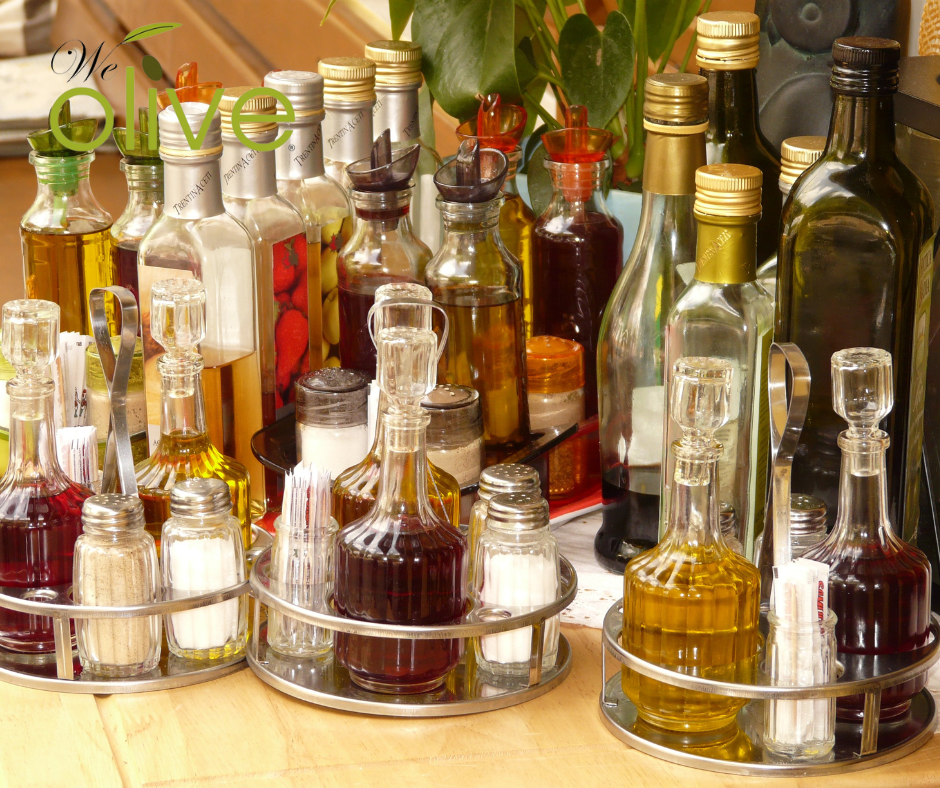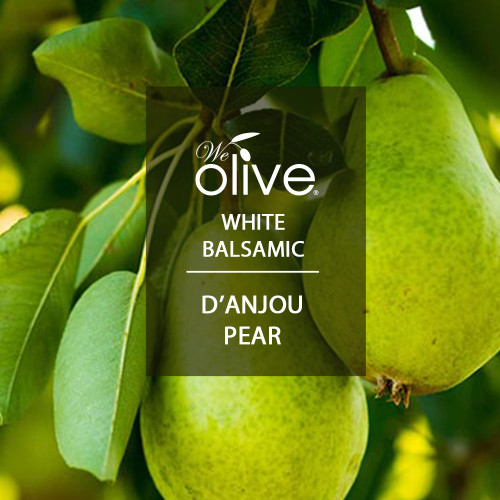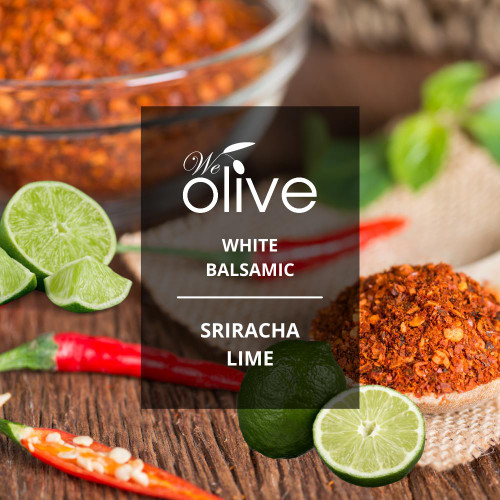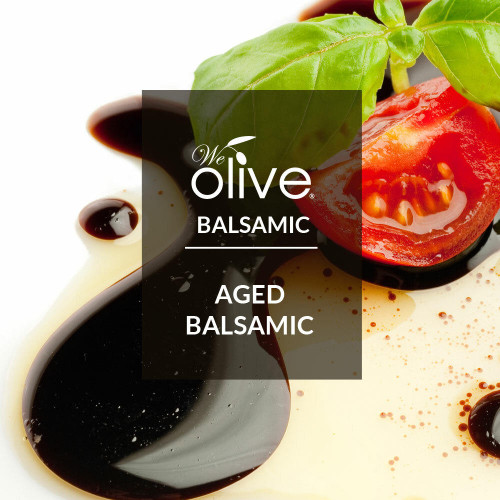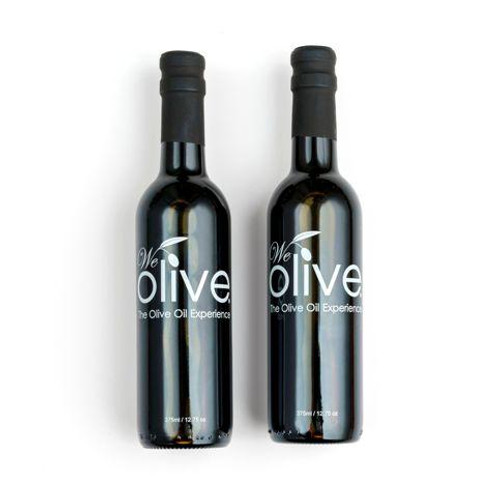White Wine Vinegar Vs White Balsamic Vinegar
Posted by Ruth Mercurio, Professional Olive Oil & Wine Taster on 8th Apr 2024

Discover the Key Differences Between White Wine Vinegar vs White Balsamic and Elevate Your Culinary Creations
Vinegar and particularly balsamic vinegar are essential ingredients in the kitchen thanks to their popularity and versatility. Their ability to enhance flavors, marinate foods, dress salads, and preserve foods makes them essential allies in the kitchen of any amateur or professional chef, but which one to choose: white wine vinegar vs white balsamic vinegar?
In reality, a lot depends on your tastes and needs. In this article we will focus on both vinegars, especially appreciated for their uniqueness and culinary properties.
Below, we explain their distinctive characteristics, their uses in the kitchen and how they can complement and enhance the flavor of extra virgin olive oil, providing a unique and delicious gastronomic experience so that you can take your culinary skills to the next level.
What is the preparation process for white vinegar vs white balsamic vinegar?
White wine vinegar: It is produced through a fermentation process that transforms the alcohol in white wine into acetic acid. This process begins with the selection of quality white wines that undergo an initial alcoholic fermentation, in which yeasts convert the sugars in the wine into alcohol. This certification process can last several weeks or months, depending on the method used and the type of vinegar you want to obtain. Once fermentation is complete, the vinegar is filtered and bottled for consumption.
On the other hand, white balsamic vinegar is made from grape must, which is the juice of grapes before fermentation. The must is simmered to concentrate its flavor and then fermented and aged in wooden barrels, similar to the process of traditional balsamic vinegar. The difference is that white balsamic vinegar does not age as much as its dark counterpart, giving it a smoother, less complex flavor.
Color, Flavor and Aroma
There are verypeculiar characteristics between white wine vinegar vs white balsamic vinegar that make them unique. We want to share their differences with you right away:
White wine:
- Color: It is characterized by having a light color, a yellow similar to that of amber.
- Taste: It is acidic
- Aroma: It is relatively neutral, which makes it ideal for use in dressings.
White balsamic vinegar:
- Color: It is darker than white wine vinegar, which may vary.
- Flavor: It is soft and sweet due to the cooking process of the grape must and its subsequent fermentation.
- Aroma: Its notes are delicate and can include fruity, floral, and vanilla nuances.
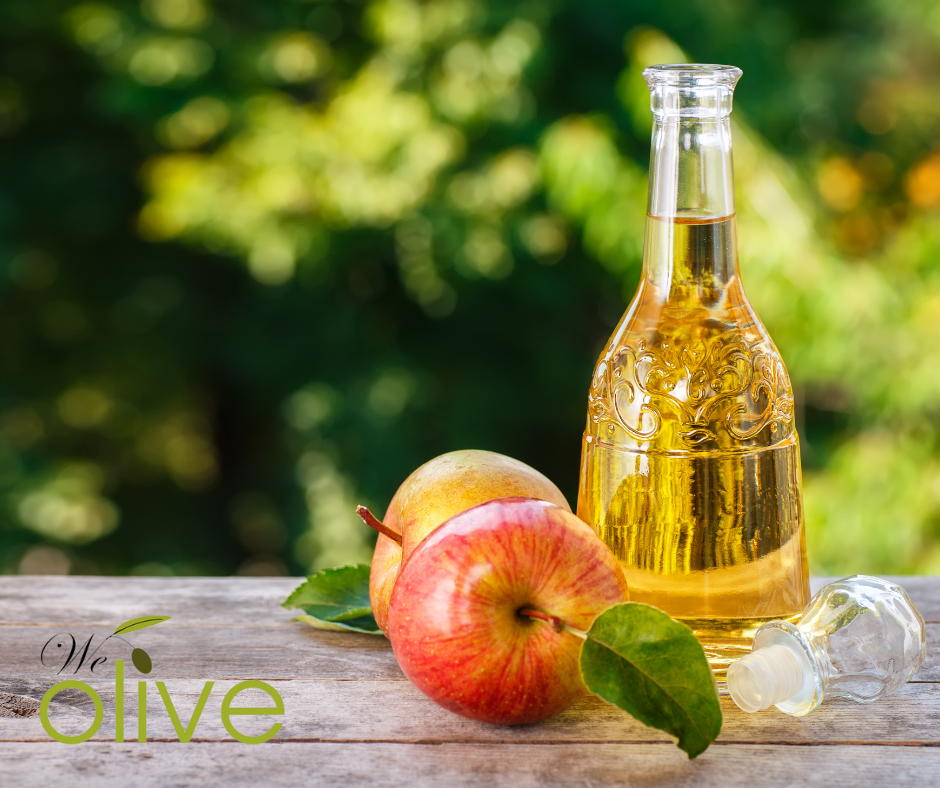
Uses in the kitchen
White wine vinegar is very versatile in the kitchen and is commonly used in salad dressings, vinaigrettes, preserves and marinades. Its acidic and relatively neutral flavor makes it a perfect complement to a wide variety of ingredients, allowing it to enhance the flavor of foods without overpowering them.
Recipe: Lemon Chicken with White Wine Vinegar Sauce:
Ingredients:
- 4 chicken breast fillets
- 2 lemons
- 1/4 cup white wine vinegar
- 2 butter spoons
- 2 cloves garlic, minced
- Salt and pepper to taste
- Chopped fresh parsley to decorate
Instructions:
- Season the chicken tenders with salt and pepper on both sides.
- Heat a large skillet over medium-high heat and add butter, preferably unsalted.
- Add the chicken to the pan and cook for about 5-6 minutes on each side, or until golden brown and cooked through. Remove chicken from pan and set aside.
- In the same pan, add the minced garlic and cook for about 30 seconds, until it starts to change color and it is fragrant.
- Add the juice of the lemons and white wine vinegar to the pan. Let the mixture come to a boil and reduce the heat to medium-low. Cook for about 2-3 minutes, stirring occasionally.
- Return the chicken to the pan and cook for a few more minutes, so it is coated with the sauce.
- Serve the chicken with the lemon and white wine vinegar sauce on top. Sprinkle with fresh chopped parsley before serving.
On the other hand, white balsamic vinegar stands out for its bittersweet flavor and complex aroma, which makes it an ideal ingredient to add depth and complexity to salads, meat dishes, fish, and desserts. It can be used to marinate meats before cooking, add a touch of flavor to roasted vegetables or give a final change to deserts such as strawberries and cream or vanilla ice cream.
Recipe: Caprese Salad with White Balsamic Vinegar Vinaigrette:
Ingredients:
- 2 large tomatoes
- 1 ball of fresh mozzarella
- fresh basil leaves
- White balsamic vinegar
- Extra virgin olive oil
- Salt and pepper to taste
Instructions:
- Cut the tomatoes and mozzarella into slices.
- Alternate tomato slices, mozzarella, and basil leaves on a plate.
- In a small container, mix 2 parts EVOO with 1 part white balsamic vinegar.
- Season the vinaigrette with salt and pepper to taste.
- Drizzle the vinaigrette over the salad just before serving.
This Caprese Salad with White Balsamic Vinegar Vinaigrette is simple but delicious, perfect for a light and fresh meal!
Both white wine vinegar vs white balsamic vinegar can be used in a wide variety of dishes and recipes, and the choice between one or the other will depend on the flavor and the desired effect in the culinary preparation.
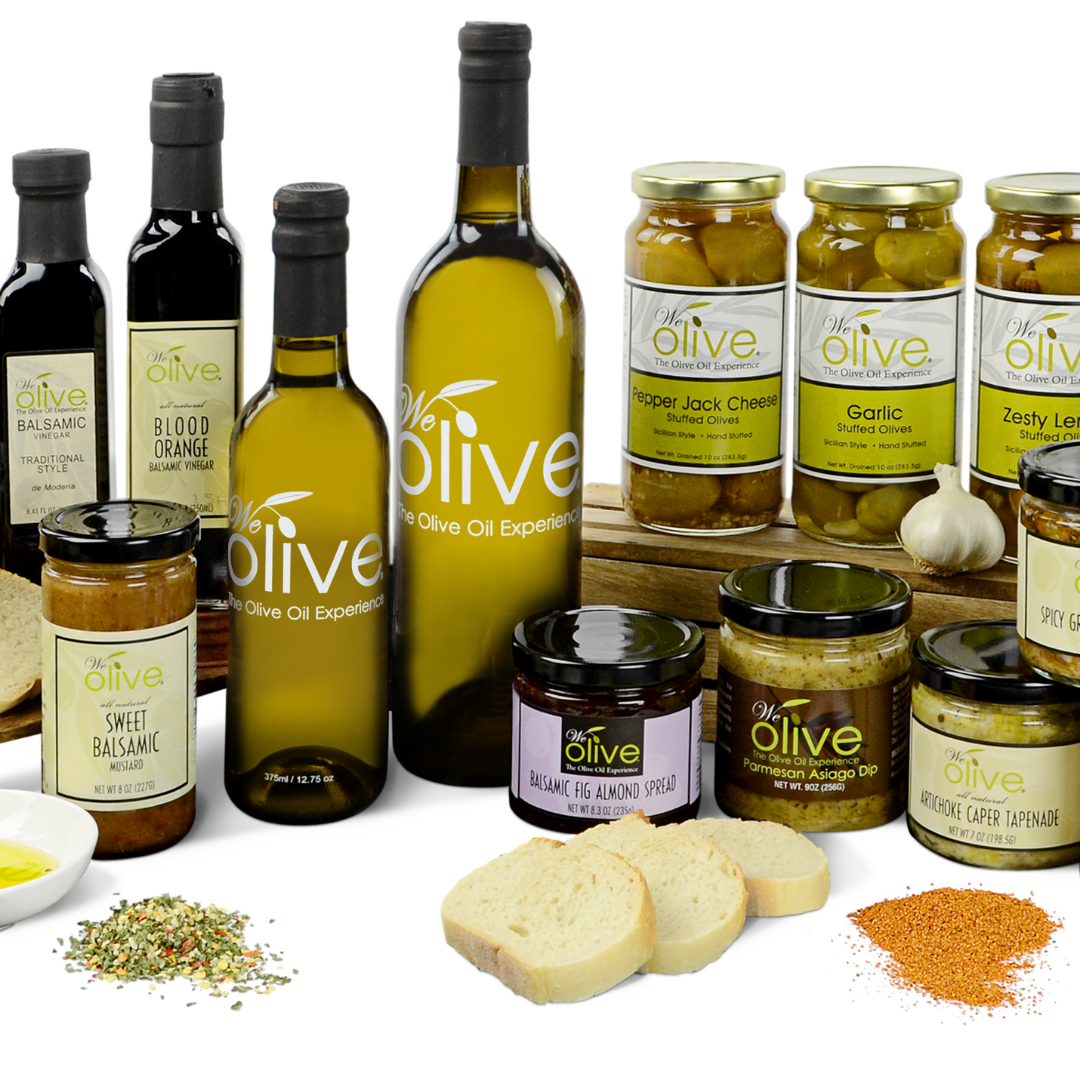
Which is better: white wine vinegar or white balsamic vinegar?
The choice between white wine vinegar vs white balsamic vinegar depends largely on personal preferences and the type of dish being prepared, as both vinegars have distinctive characteristics that make them ideal for different culinary uses.
For example, if you want to prepare a salad and show off all its colorful ingredients, white wine vinegar is perfect for this recipe, since it has a light color that does not significantly affect the appearance of the dishes. On the other hand, if you want to add a little color to the dish to give an interesting visual touch to salads and presentation dishes, you will need white balsamic vinegar.
The interesting thing about these vinegars is that in terms of health benefits, they both have antioxidant properties and can help with digestion and weight management. Combining them with EVOO can enhance these benefits and add a touch of flavor and complexity to your dishes. However, white balsamic vinegar may have a slightly higher sugar content due to its production process, so it should be consumed in moderation.
In summary, the choice between white wine vinegar and white balsamic vinegar will depend on individual preferences and the type of dish being prepared. The experts at We Olive suggest trying both vinegars and experimenting with them in different recipes to find out which is best for each cooking situation.
Choose your favorite vinegar at We Olive
Cooking is an art where ingredients become brushstrokes of flavor and aroma. Both white wine vinegar and white balsamic vinegar, along with extra virgin olive oil, are essential tools for any creative chef. Therefore, choose the one that best suits your dish, experimenting with different combinations of vinegars you will make culinary creations that will be unforgettable gastronomic experiences.
At We Olive, our olive oil store near me, we offer a variety of high-quality EVOO that will perfectly complement your favorite vinegars. We invite you to visit our stores and discover new flavors and enjoy the art of cooking with different combinations of vinegars and EVOO. Discover how these simple ingredients can transform your dishes and take your cooking to the next level! Shop Now!
